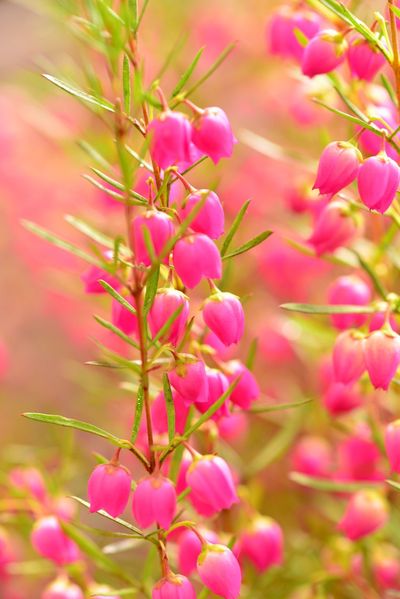Boronia Information
Boronia is a genus of evergreen shrub that includes many varieties. The perennial species called Red Boronia, native to western Australia, is beloved by gardeners for its showy blossoms. The foliage is a deep green and the pink flowers are shaped like tulips. Red Boronia’s flowers are fragrant and sweet smelling. They make excellent cut flowers and the bell-shaped flowers bloom from spring through early summer, attracting butterflies and bees. They are also magnets for other beneficial insects.
How to Grow Red Boronia
If you have seen Red Boronia plants and admired them, you may be interested in inviting this flowering beauty into your garden. Growing Red Boronia takes a little effort, but the frothy flowers make it worthwhile. First, find the appropriate location for the plants. Remember that the shrubs get to 5 feet (1.5 m.) tall and some 3 to 4 feet (1 m.) wide, so you’ll want to find a spacious site. Red Boronia plants do not appreciate the wind. They can live a long time if you plant them in a wind-protected location. They also grow best in an area with dappled sunshine, part sun and part shade. Plant these shrubs in well-drained soil for best results and keep the soil moist. Boronia is frost-tolerant, but it doesn’t like its roots to dry out too much. Protect the roots of the plant with heavy mulch. Some even suggest spreading rocks over the soil. You’ll also have to irrigate regularly during dry periods. Keeping those roots moist is important.
Boronia Plant Care
Red Boronia grows fast from young plants into attractive rounded shrubs. As mentioned above, Boronia plant care includes providing water during the growing season. It also includes feeding the shrub in spring. You’ll probably want your Red Boronia plants to grow into dense shrubs, so trimming has to be part of the program. You can deadhead or tip prune every year once the flowers fade. Regular pruning as part of Boronia plant care results in thicker foliage and more flowers.
